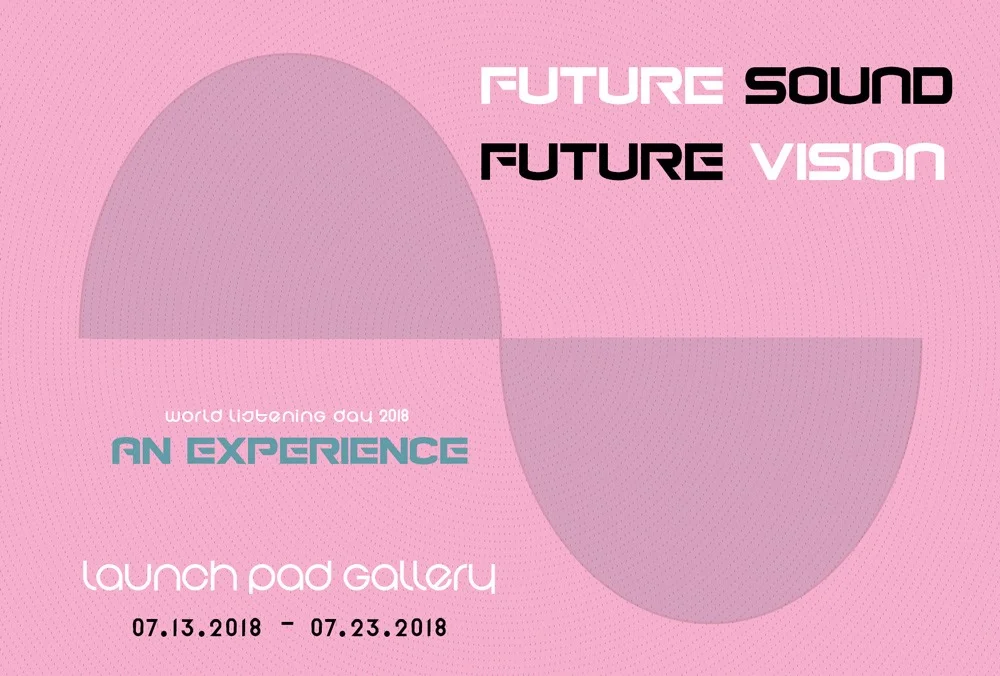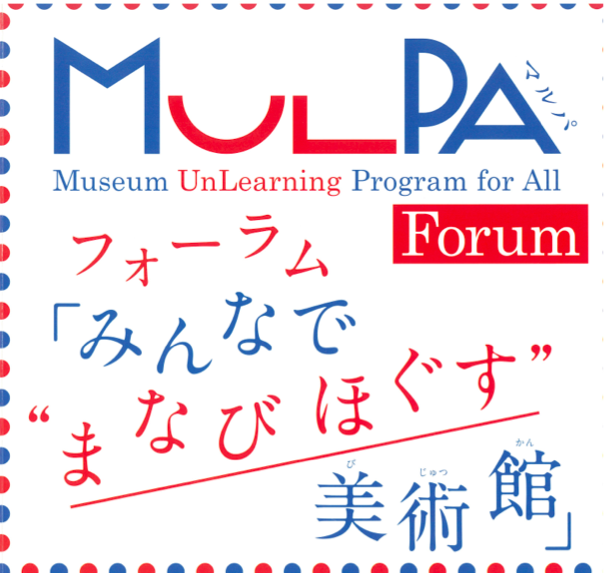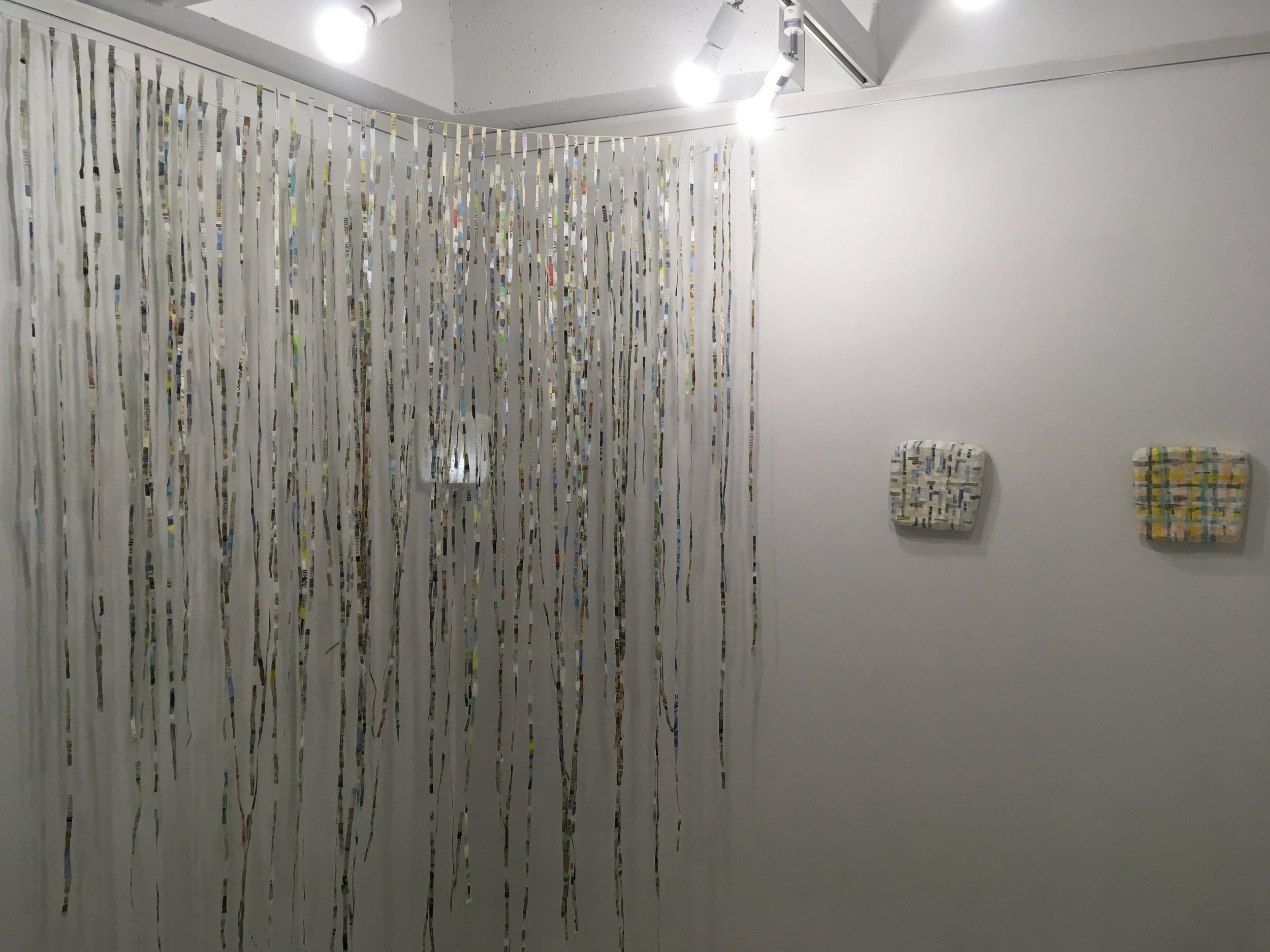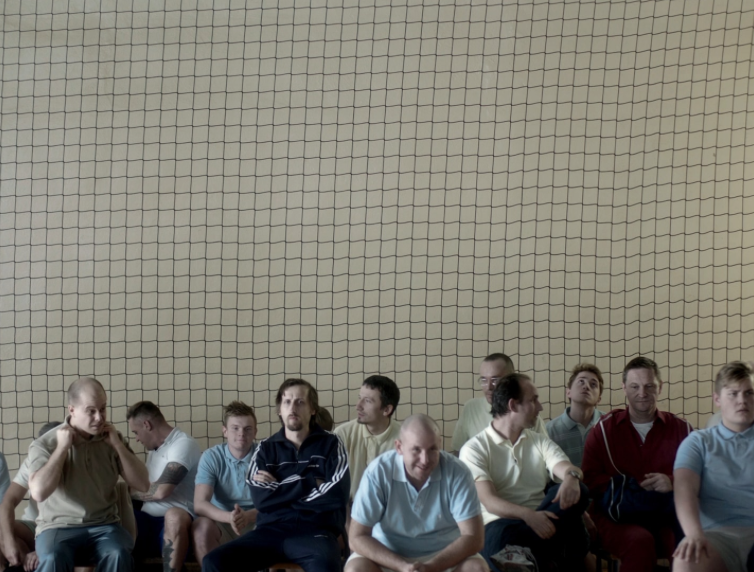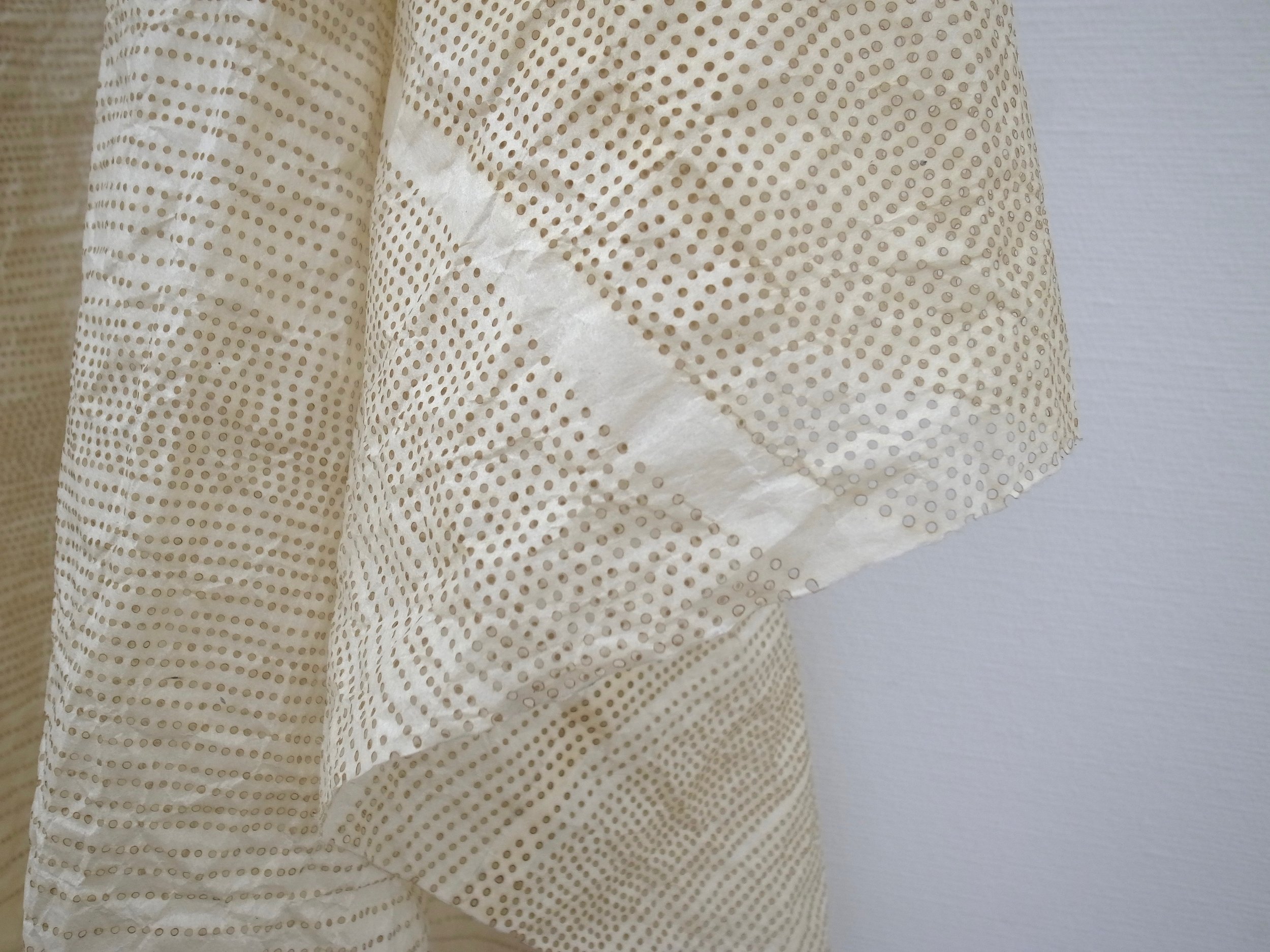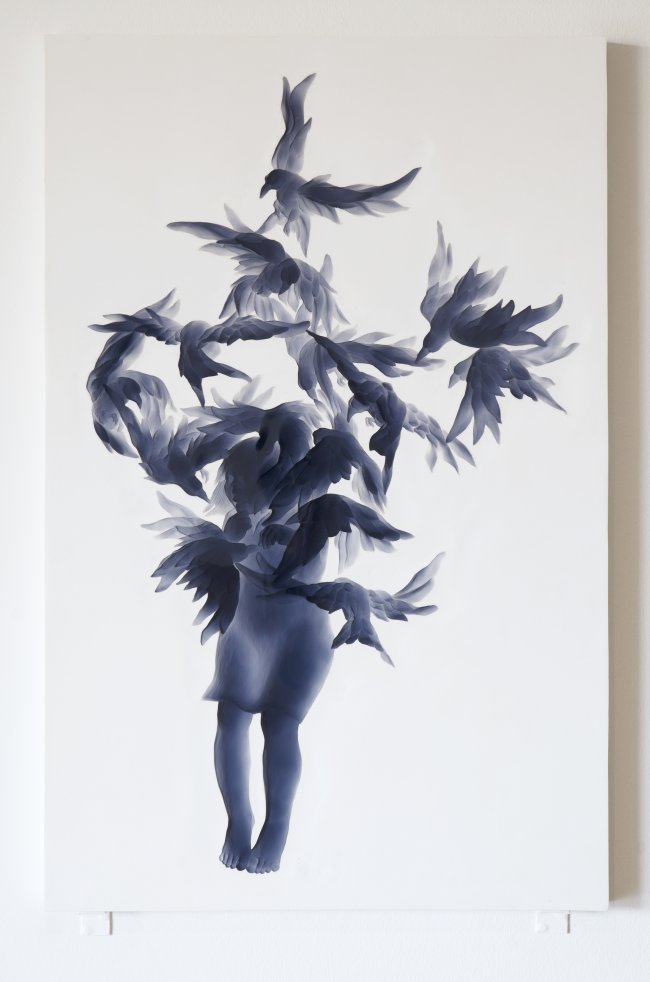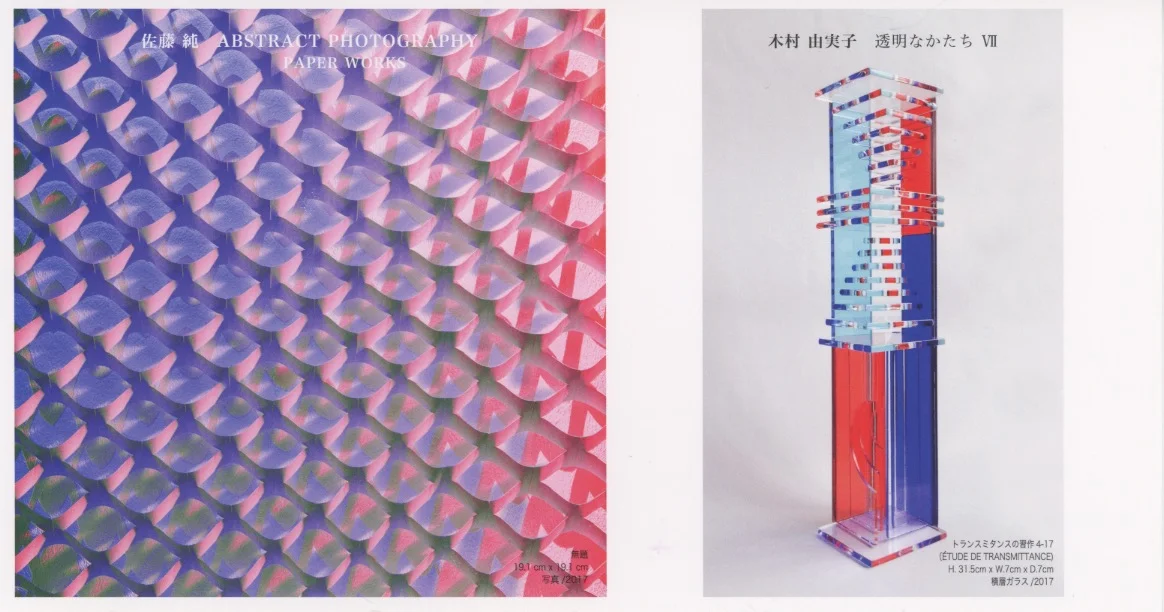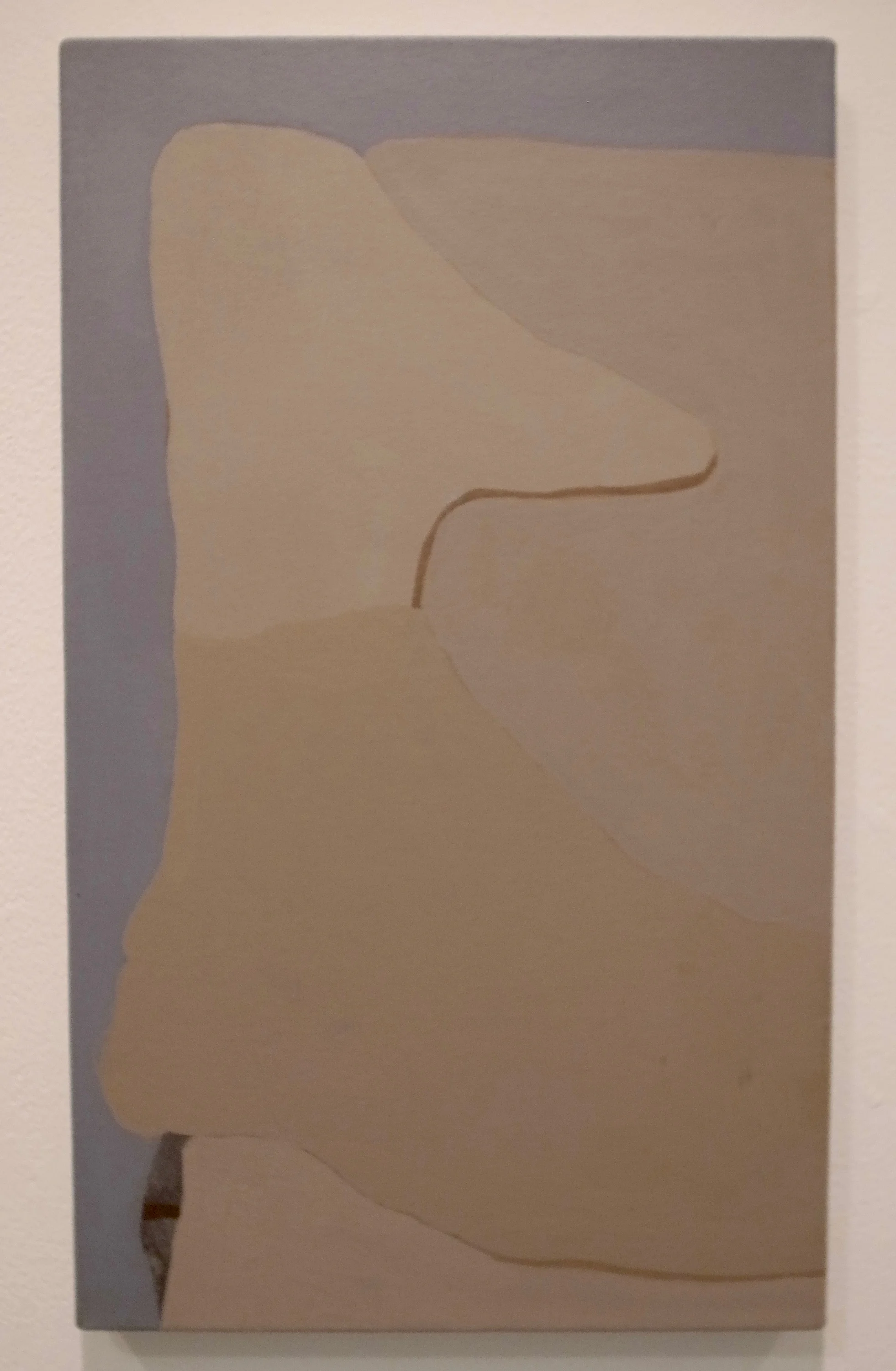Thinking all the way back to the fall of 2015, I was thinking about my exhibition for HAGISO in the spring of 2016. One of the ideas that came to me during that time was the idea of creating sculptures from my receipt in the shape of a hemisphere. Since my graduate days back at the beginning of the millenium, I have been collecting all my receipts with the idea of using them as source material for future artworks. Admittedly, they have become more of a project in hoarding rather than anything productive creatively. However, the receipts seem to be an important touchstone for me in my studio practice.
The initial idea I had for that exhibition was an interplay between my Memory Walks and these receipt forms which would have a one to one correspondence with the Memory Walks Drawings. In addition to this interplay, I wanted to install LED lights underneath each of the receipt hemispheres and create a coordinated display of flashing and colors which was based in my daily spending. As discussions developed for the exhibition, we decided that it would be too much information as well as work within the given timeline.
However, the interest in LED's led to a slow cooking interest into Arduino and the Maker movement. Art Byte Critique organized a two day Arduino workshop at the beginning of 2017 where I got a taste of some of Arduino's possibilities. Entering an entirely new space of learning and technology, the learning curve was quite steep. Beyond acquiring endless volumes of texts and manual which sit unread, I have not been able to devote the necessary time and focus to delve deeper into that field. I also think part of the challenge for me is to develop enough background knowledge in the field to have a stronger sense of what can be done so that it becomes more of a nature part of my toolbox. Rather than thinking about how I can incorporate the technology into my work, I want to be thinking about how and if this technology can better express the ideas I am thinking about in my studio practice.
By the end of 2017, I found myself with a deep interest in science fiction, particularly dystopic and/or speculative stories. Podcasts such as Alice Isn't Dead, Tanis, and Rabbits; movies such as The Arrival, Interstellar, Annihilation, and books such as the Three Body Problem Trilogy had me thinking about the future, time, consciousness, reality, and on and on.
With all of that material, I began to think more about artificial intelligence and realized that my knowledge about the field was scant, if not, non-existent. Predictive algorithms and Pepper seemed to be the extent of my knowledge. But as I have been thinking about my Daily Drawings Project and my overall studio practice, I have a tingling intuitive sense that artificial intelligence might have some implications or practicality for me.
While browsing through the SNS space, I came across a posting for the ALife 2018 Conference on Artificial Intelligence. I decided rather quickly that this would be an opportunity that I could not miss. So my summer holiday will consist of spending a week at the Miraikan listening to a wide array of topics about artificial intelligence. Inspired by my registration, I spent the last month and half reading the book Superintelligence by Nick Bostrom which was a theoretical text about the implication of arriving at human level artificial intelligence and the super intelligence which is theorised to quickly follow the achievement of human level artificial intelligence. Beyond the implications for technology, the possible implications and various scenarios are discussed. Once through the book is insufficient, but I think it will give a small base of knowledge heading into the conference which starts on July 23rd.
The program and schedule for the five day conference was recently published and I have been looking through the itinerary and settling on which sessions to attend beyond the keynote speakers which include Rodney Brooks, Hiroshi Ishiguro, Hyejin Youn, and Elena Antonova.
I am most interested in discussions about the impact of artificial intelligence on society and the current state of artificial intelligence and where the researchers, philosophers, and artists see it heading in the future. Other topics that I am going to check out are hybrid life, neurons, social dynamics, neural controllers, evolution and networks and information theory / information flow.
I am looking forward to immersing myself in a full week of learning about the current state of artificial intelligence while mulling about how it might or might not play a role in my studio practice.


